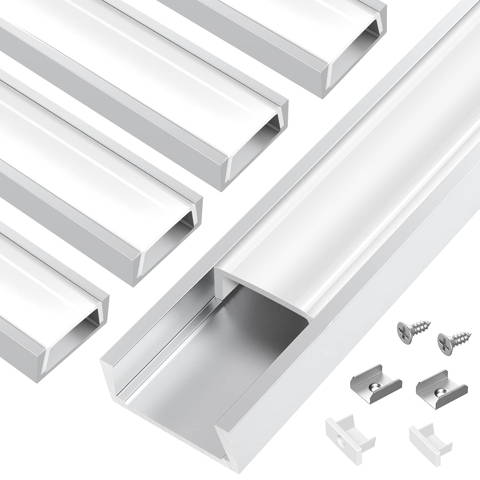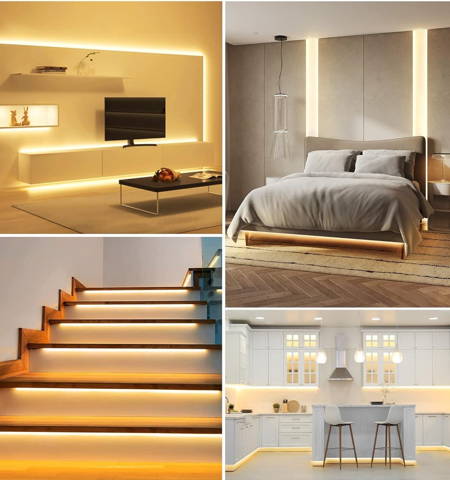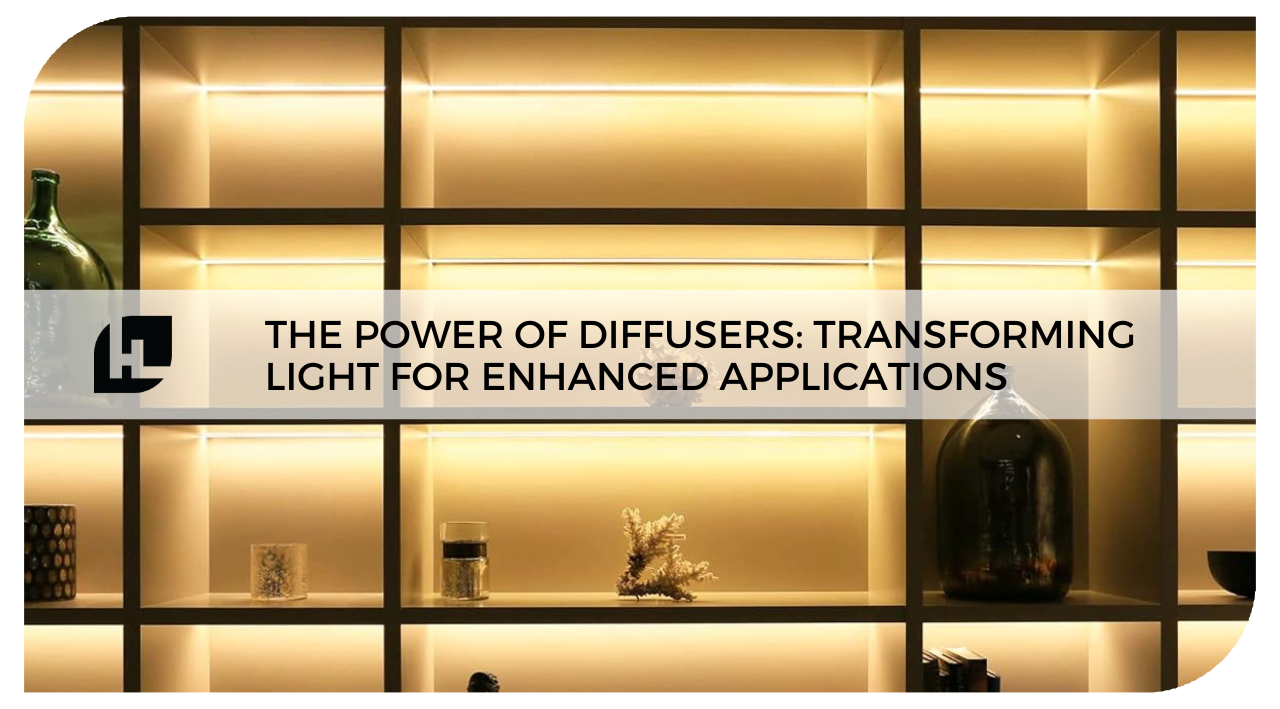Introduction
Light is a primary thing in any environment causing influences on aesthetics, functionality, and human psychology. Controlling and manipulating light is of utmost importance, and in this regard, diffusers act as a game changer. A diffuser is simply any material that scatters and diffuses light, thus reducing glare, creating a soft and even illumination, and bringing about better visual perception. To paraphrase, think of it this way: an un-diffused LED is like a spotlight, hard and focused; a diffused LED is softer, like a softbox, evenly spreading light outward.
Why Diffusers Matter for Professionals
- Enhanced Aesthetics: Diffusers create a more pleasing and professional look by eliminating harsh shadows and hotspots, resulting in a smooth, even light distribution. This is particularly important in retail displays, architectural lighting, and residential settings.
- Improved Visual Comfort: Glare from direct light sources can cause eye strain, headaches, and reduced productivity. Diffusers effectively minimize glare, creating a more comfortable and welcoming environment. A study by the Lighting Research Center found that proper lighting can increase productivity by up to 23%.[Citation Needed - Insert a credible source here]
- Greater Design Flexibility: Diffusers come in various shapes, sizes, and materials, allowing for greater design flexibility and customization. They can be integrated seamlessly into various applications, from custom-fabricated light fixtures to intricate cabinet lighting.
- Energy Efficiency: While some diffusers might slightly reduce overall light output, they can contribute to energy efficiency by allowing for the use of lower-wattage LEDs while achieving the desired level of illumination. This translates to lower energy bills and a reduced carbon footprint.
- Product Durability: Diffusers can also protect LEDs from dust, moisture, and other environmental factors, extending their lifespan and reducing maintenance costs.
Types of Diffusers and Their Applications for LED Strip Lights
- Opal Diffusers: Known for their excellent light diffusion, opal diffusers provide a uniform glow that effectively conceals the LED strip, ensuring no hotspots are visible. Ideal for use in homes and commercial spaces where a smooth, even light is necessary.
- Clear Diffusers: While these do not diffuse light as softly as opal diffusers, clear diffusers protect the LED strip while minimizing the loss of brightness. They are perfect for applications where maximum brightness is required along with a sleek, clean look.
- Frosted Diffusers: Offering a balance between clear and opal diffusers, frosted diffusers soften the LED light slightly more than clear ones but allow more light through than opal diffusers. They are well-suited for under-cabinet lighting in kitchens or display lighting where a bright yet non-harsh light is needed.
- Slimline Diffusers: These are designed to be discreet and are often used in locations where space is limited, such as under shelving or inside profiles that are narrow. Despite their slim profile, they effectively diffuse light and protect the LEDs from dust and moisture.
- Channel Diffusers: Typically made from aluminum with a plastic diffuser cover, channel diffusers help in cooling the LEDs, thereby extending their lifespan. They provide a professional finish and are ideal for architectural applications, both indoor and outdoor.
- Flexible Diffusers: Made from soft materials that can bend along with flexible LED strips, these diffusers are perfect for curved or irregular surfaces where rigid diffusers cannot be used. They provide a uniform light output and are excellent for decorative and accent lighting.
 |

|
Choosing the Right Diffuser: Key Considerations
- Application: Consider the specific application and desired lighting effect. For example, a holographic diffuser might be suitable for a stage production, while an opal diffuser would be more appropriate for a retail display.
- Light Source: The type of light source (LED, fluorescent, etc.) will influence the diffuser choice. LEDs, for instance, often require diffusers with specific thermal properties.
- Material: Diffusers are made from various materials, including acrylic, polycarbonate, glass, and fabric. Each material has different diffusion properties, durability, and cost implications.
- Transmission: Transmission refers to the amount of light that passes through the diffuser. Higher transmission means more light output, while lower transmission creates a softer, more diffused effect.
-
Diffusion Angle: This refers to the angle at which the light is spread. A wider diffusion angle creates a more uniform light distribution.
Installation Best Practices and Tips
- Secure Mounting: Ensure the diffuser is securely mounted to prevent movement or detachment.
- Proper Alignment: Align the diffuser correctly with the light source to achieve the desired light distribution.
- Cleanliness: Keep the diffuser clean to maintain optimal light output and prevent dust buildup.
-
Handling: Handle diffusers with care to avoid scratches or damage.
Future Trends in Diffuser Technology
- Smart Diffusers: These diffusers can adjust their light distribution and intensity based on ambient light levels and user preferences.
- Dynamic Diffusers: These diffusers can change their diffusion properties dynamically, creating unique lighting effects and animations.
-
Sustainable Materials: There is a growing trend towards using sustainable and eco-friendly materials in diffuser manufacturing.

